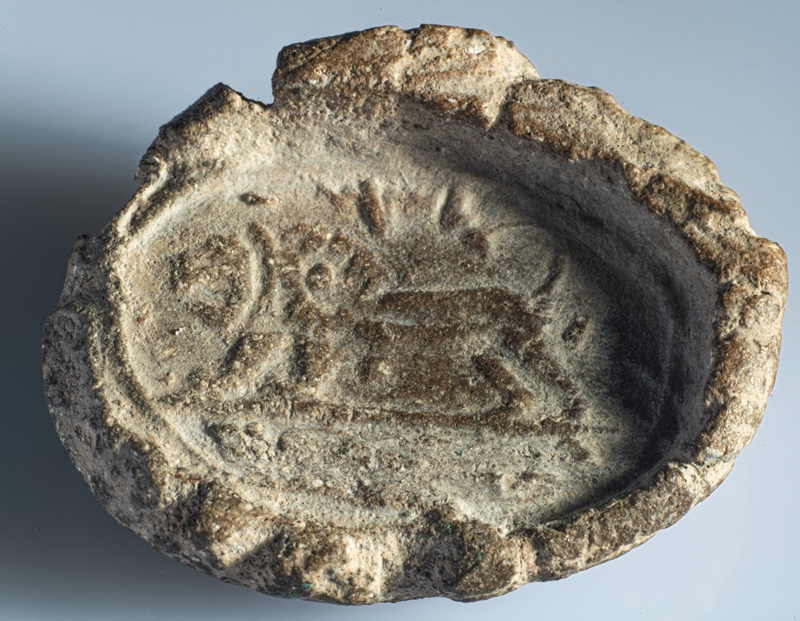Around 50 years ago, while wandering around Beer-Sheva's Bedouin market, BGU's Prof. Yigal Ronen came across a piece of oval material with a seal imprinted with a figure of a roaring lion standing on all fours. Ronen asked the merchant where the stamp came from, but the seller could not answer and agreed to sell it for only 10 old shekels.

Ronen was intrigued and noticed that this seal bore the word "l'Shema," and that it was suspiciously similar to the famous seal found at Megiddo, inscribed with the words, “l'Shema eved Yerov'am." This seal was published in 1904 and aroused great interest around the world since it was the largest seal among the Hebrew seals discovered to date.
The fact that the seal bought by Ronen was sold in a street market and at a low price immediately raised the concern that it was not an original and ancient find, but he decided to present it to researchers dealing with the subject in order to check its originality. The tests were carried out carefully in collaboration with researchers from BGU, the Geological Survey of Jerusalem and the Israel Antiquities Authority. The researchers who assisted in the study were Prof. Eliezer Oren, Prof. Shmuel Ahituv and Dr. Yuva Goren of BGU; Dr. Avner Ayalon and Dr. Mira Bar-Matthews of the Geological Survey of Jerusalem; and Dr. Orit Shamir of the Israel Antiquities Authority. It was authenticated and also shown to be a royal seal, a smaller version of others used by royal officials.
Laboratory tests showed that the seal was formed from the soil around it, where limestone rocks are exposed near basalt-containing olivine, corresponding to areas in the Lower Galilee, and the Jezreel and Beit She'an valleys. It was also found that the stamp was sealed on a linen cloth when it was in a relatively dry state and was then attached at a temperature of around 750 degrees Celsius.
The seal, the earliest discovered in Israel, is oval and its maximum measurements 23.4 X 19.3 mm, with the stamp within meassuring 20 X 15 mm, dating from the Iron Age around 2300 years ago, and there is compelling evidence that it was a royal seal.
Following the discovery, the Ronen family agreed to hand over the seal to the Israel Antiquities Authority and transfer it to an exhibition at the Israel Museum.
An article on this seal will be published in the journal, Eretz Yisrael and later in the Israel Exploration Journal.
Media Coverage
JPost
Times of Israel
Ancient Origins